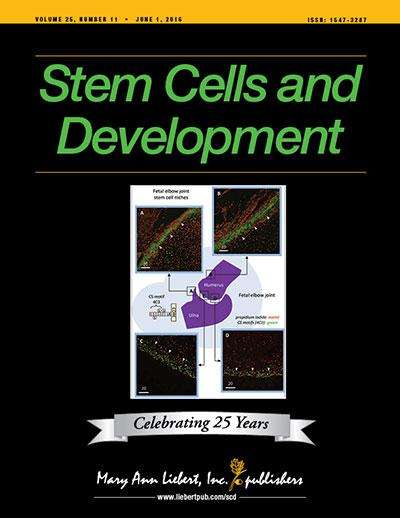Gamma-ray irradiation improves safety of cell therapy for Parkinson's disease

New Rochelle, NY, June 23, 2016 -Replacing dopamine-producing cells in the brain represents a promising therapeutic approach in Parkinson's disease, and a new study shows how post-transplantation gamma-ray irradiation can reduce the risk of tumor formation. The study, in which human induced pluripotent stem (iPS) cell-derived neural progenitor cells were grafted into rat brains, is published in Stem Cells and Development.
Mitsuko Katsukawa and coauthors from Kyoto University and Kyoto University Graduate School of Medicine, Japan, describe the fail-safe strategy they developed to prevent immature or undifferentiated cells in the therapeutic graft from forming tumors, while allowing the desired cells to survive. These results will contribute to improved safety of cell replacement therapy using human iPS cells for Parkinson's disease, conclude the researchers in the article "Fail-Safe Therapy by Gamma-Ray Irradiation Against Tumor Formation by Human-Induced Pluripotent Stem Cell-Derived Neural Progenitors".
"While the world waits with bated breath to see whether the use of iPS cells in humans will proceed safely, this is the first attempt to use radiation to mitigate the risk of tumor formation after stem cell transplantation," says Editor-in-Chief Graham C. Parker, PhD, The Carman and Ann Adams Department of Pediatrics, Wayne State University School of Medicine, Detroit, MI.
More information: Mitsuko Katsukawa et al, Fail-Safe Therapy by Gamma-Ray Irradiation Against Tumor Formation by Human-Induced Pluripotent Stem Cell-Derived Neural Progenitors, Stem Cells and Development (2016). DOI: 10.1089/scd.2015.0394

















